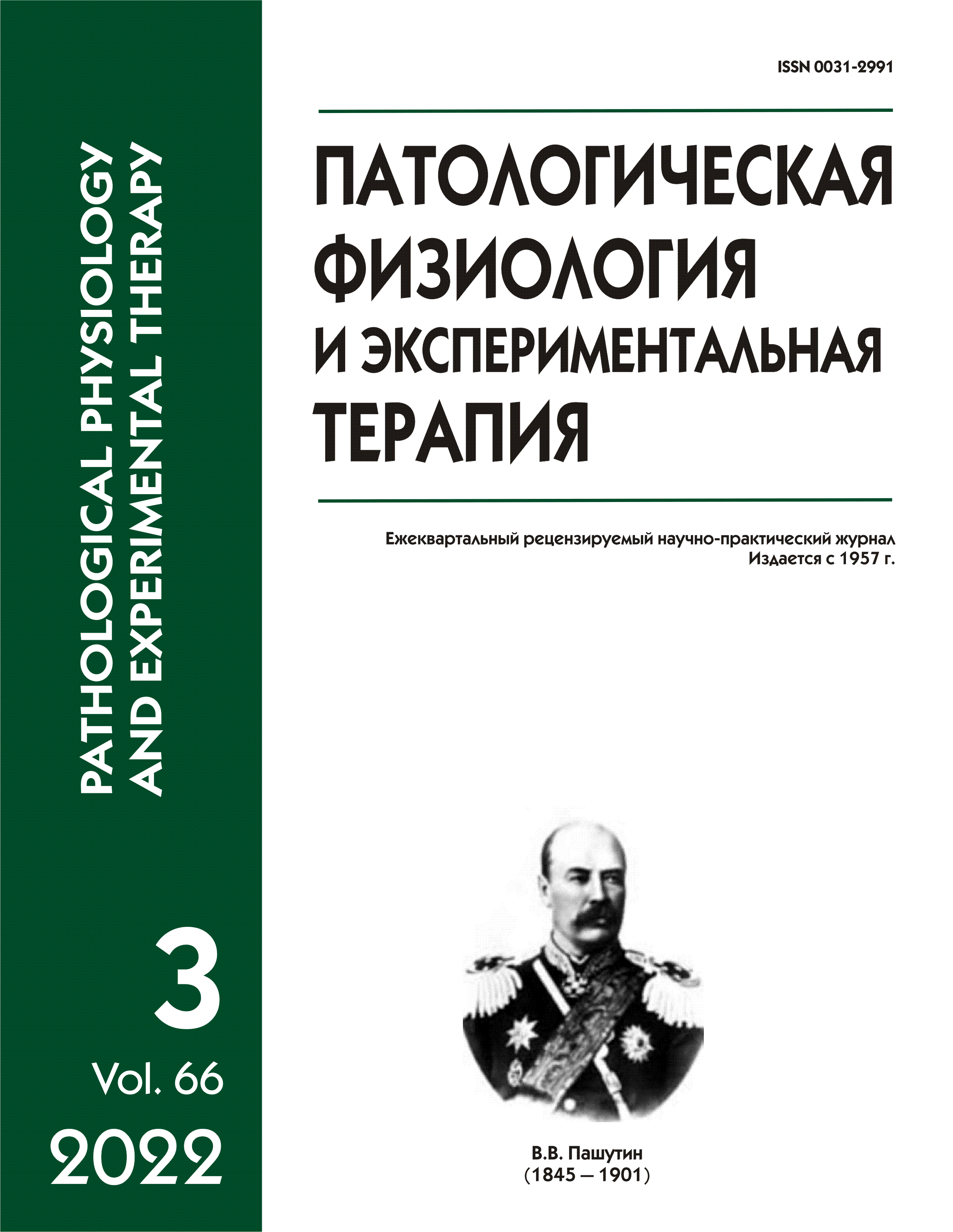Peculiarities of experimental myocardial infarction development during one month after simulated microgravity
Abstract
Background. During space flights, microgravity plays an important role in modifying functioning of the cardiovascular system (CVS) by activating cascade reactions of all body systems aimed at maintaining the homeostasis under qualitatively different conditions. The action of microgravity may change the functional activity of the myocardium, decrease the tissue oxygen demand, and cause other effects that result in CVS deconditioning. The deconditioning is evident as reduced volume of circulating blood, decreased diastolic pressure and stroke volume, and changes in the geometry and mass of the heart, which all increase the risk of cardiovascular diseases. Aim. To study the contribution of simulated microgravity to the development of experimental myocardial infarction in rats. Methods. The study was performed on 154 male Wistar rats. Microgravity was simulated by 2-week hindlimb unloading (HU). Myocardial infarction (MI) was modeled by 2 administrations of isoproterenol (Sigma-Aldrich, China, 80 mg/kg, s.c.) with an interval of 24 h. One day later, a part of animals was used for a histological study of the myocardium. The rest of the rats were used for weekly measurements of the body weight, myocardial mass, ECG recording, leukogram analysis, serum corticosterone measurements, and analysis of the subfractional composition of blood serum by laser correlation spectroscopy (LCS). Results. The action of microgravity followed by the catecholamine load led to a slower normalization of body weight than in the group without isoproterenol administration, and a longer preservation of ECG changes characteristic of isoproterenol-induced MI, including a negative Q wave and prolongations of the QTc interval and the QRS complex. This group was characterized by a shift in the autonomic balance towards sympathicotonia. The groups with MI were characterized by an increase in the index of blood leukocyte shift at one week, normalization of the leukocyte count by the end of the second week of observation, and an increase in the serum concentration of corticosterone at one month. The LCS study detected anabolic-like shifts in the subfractional composition of blood serum in the experimental groups 1 and 3 weeks after the exposure. Conclusions. The development of MI after anti-orthostasis was characterized by more severe damage to the myocardial tissue at early stages, more prolonged changes in the cardiac electrical conduction, and predominance of sympathetic influences on the heart rhythm at late stages of the experiment.






